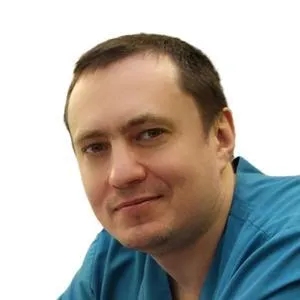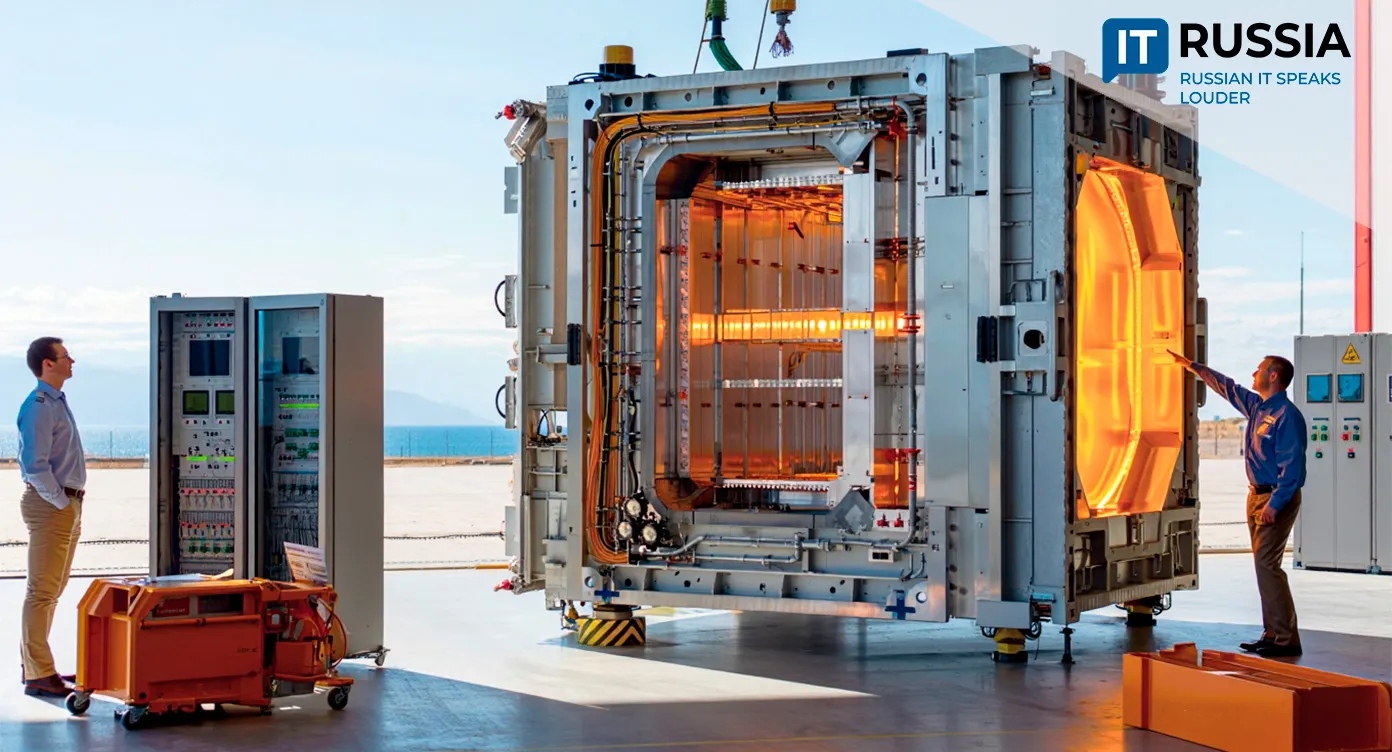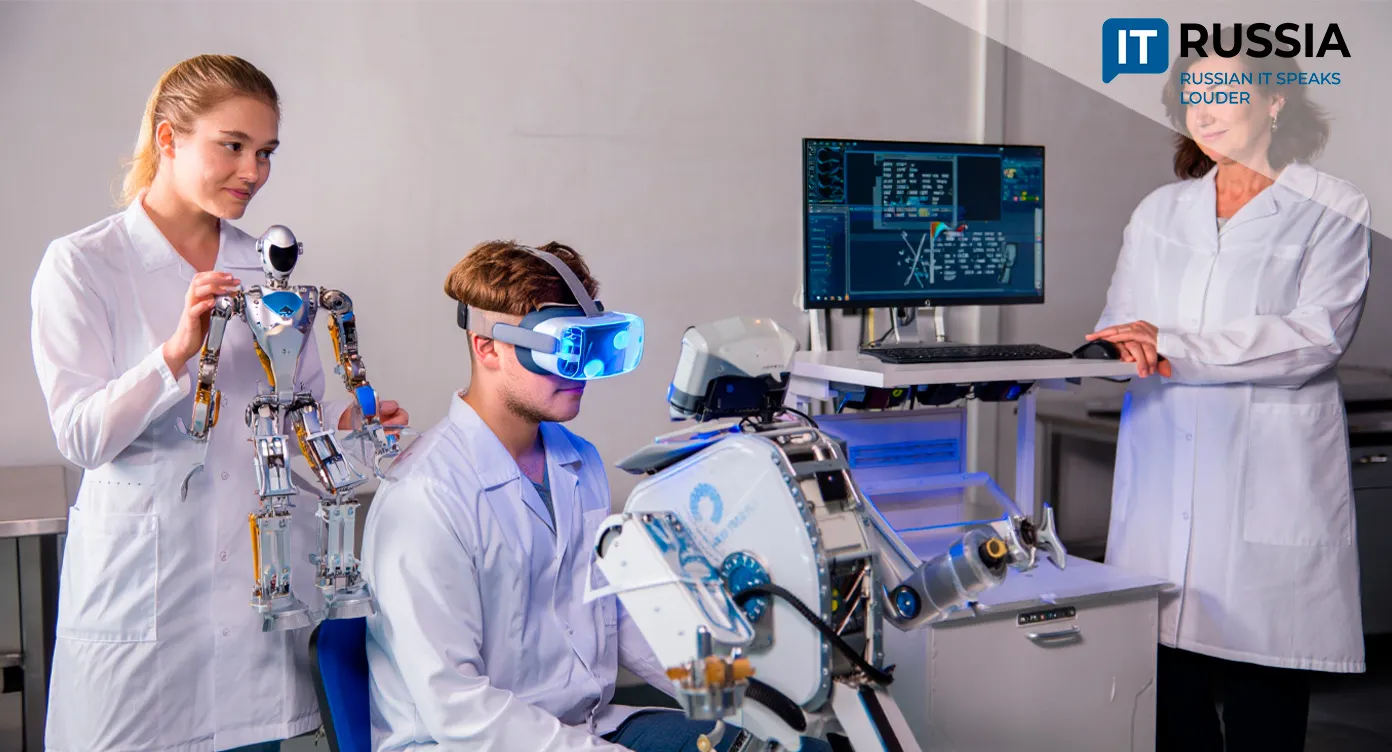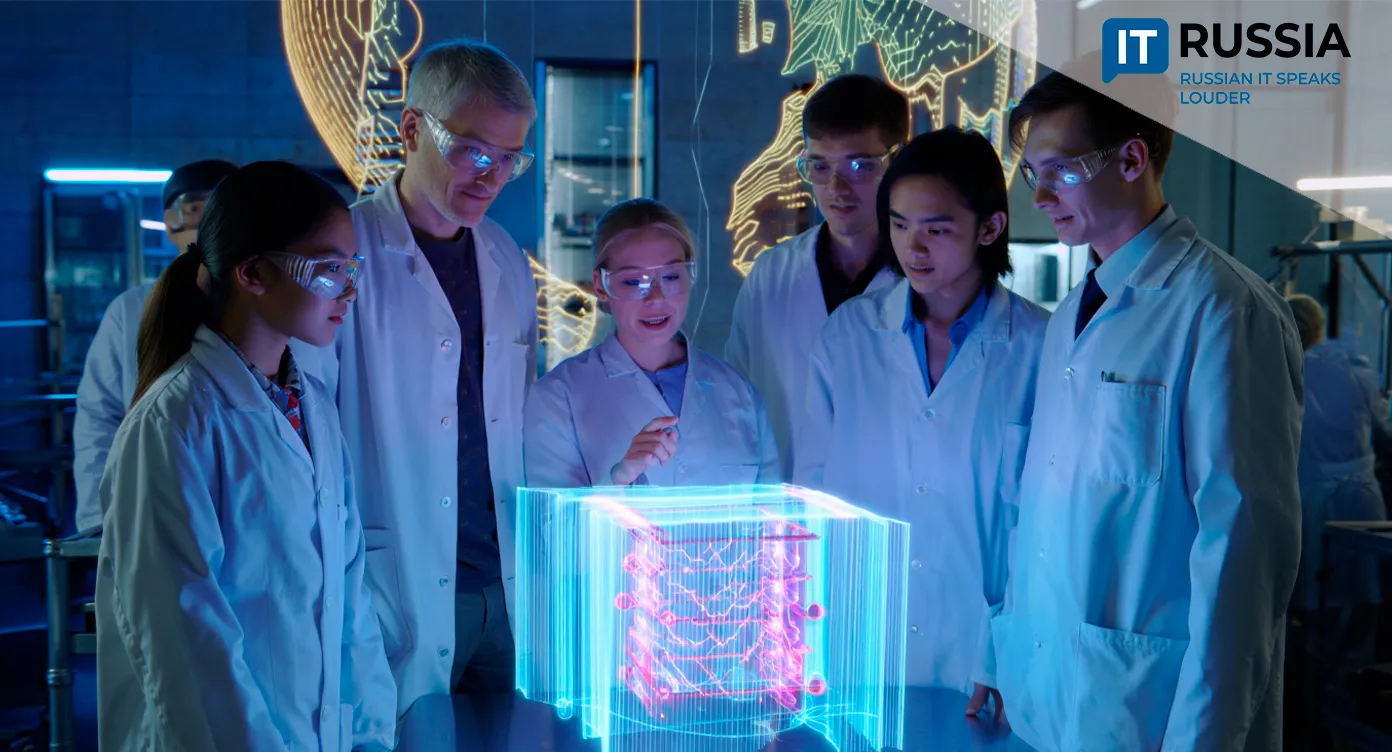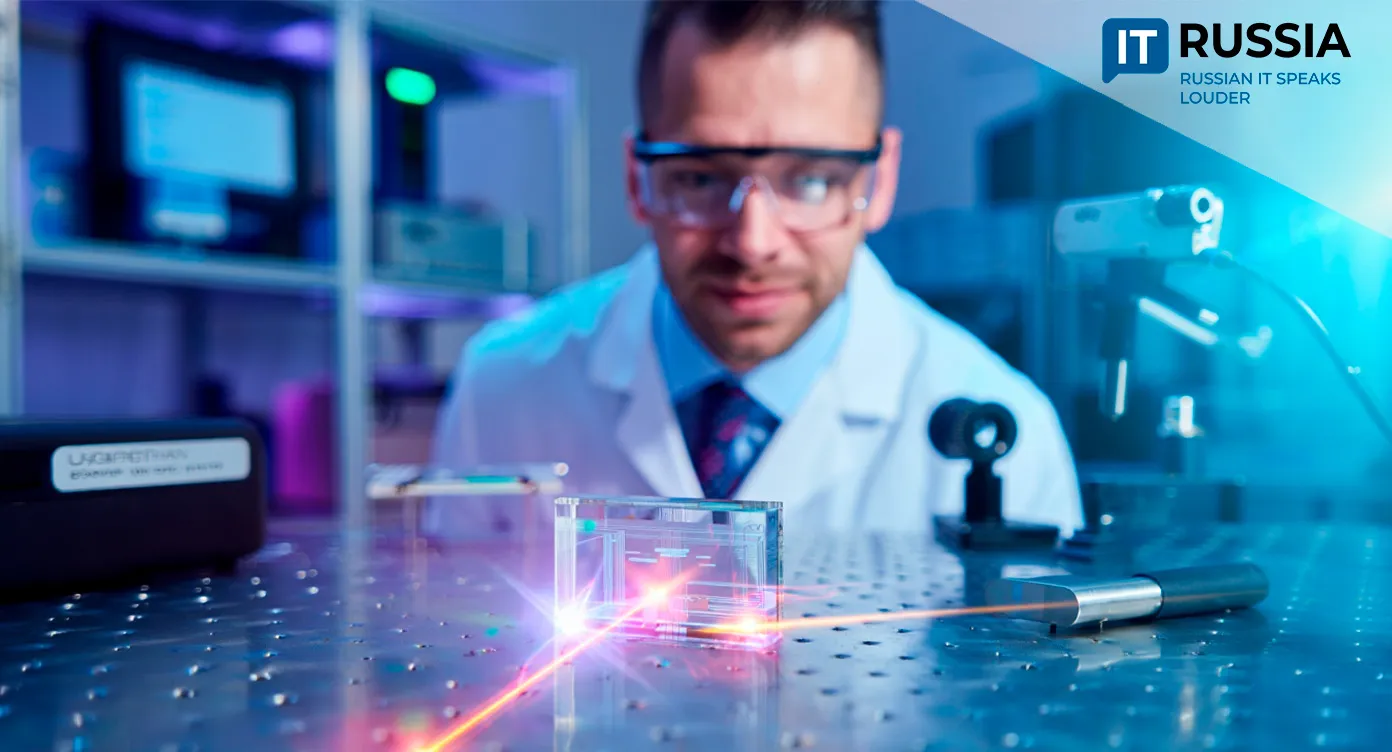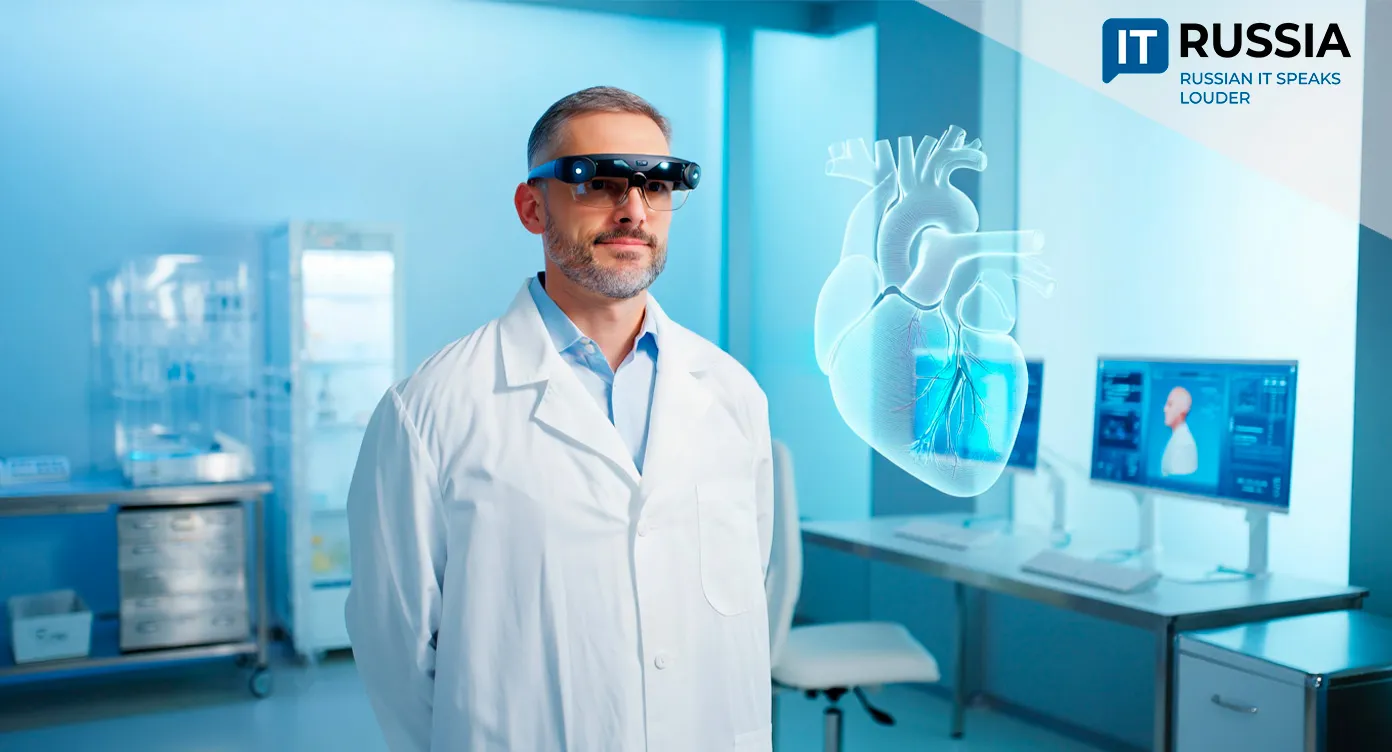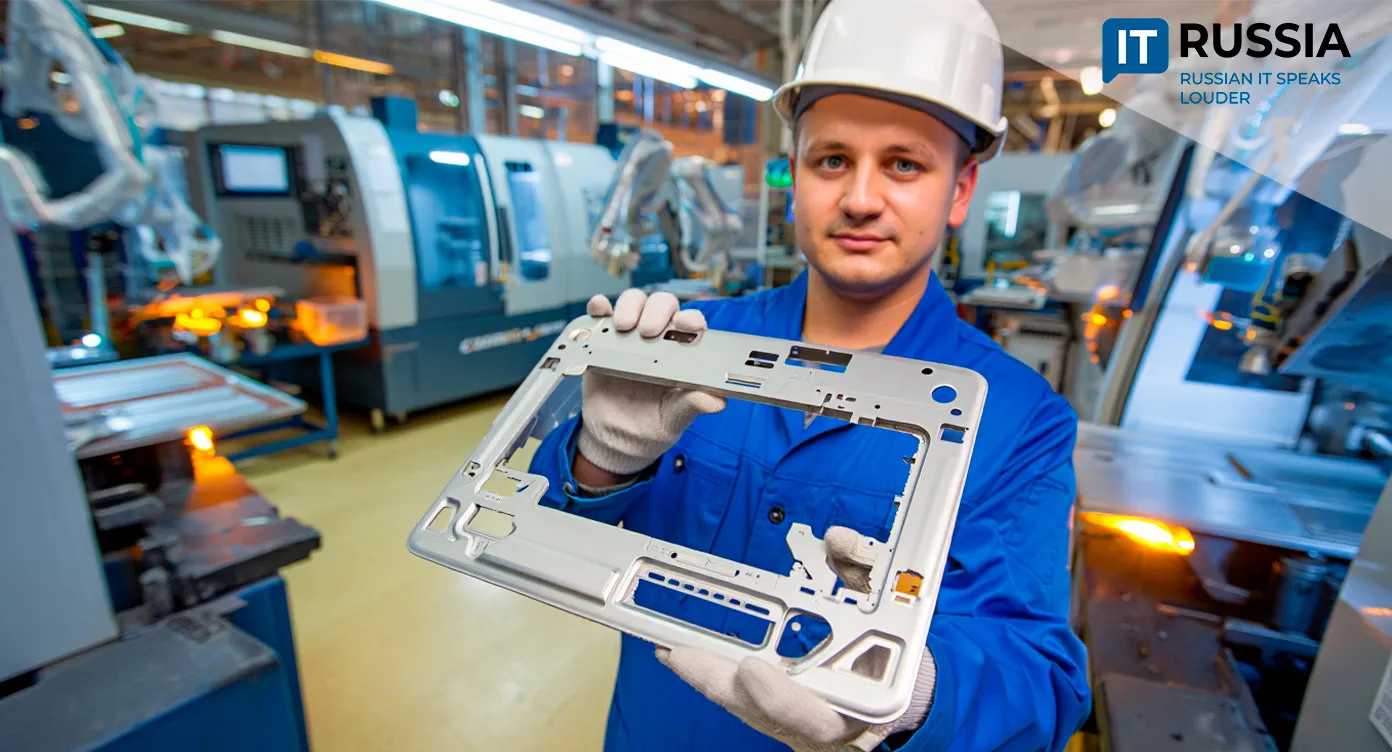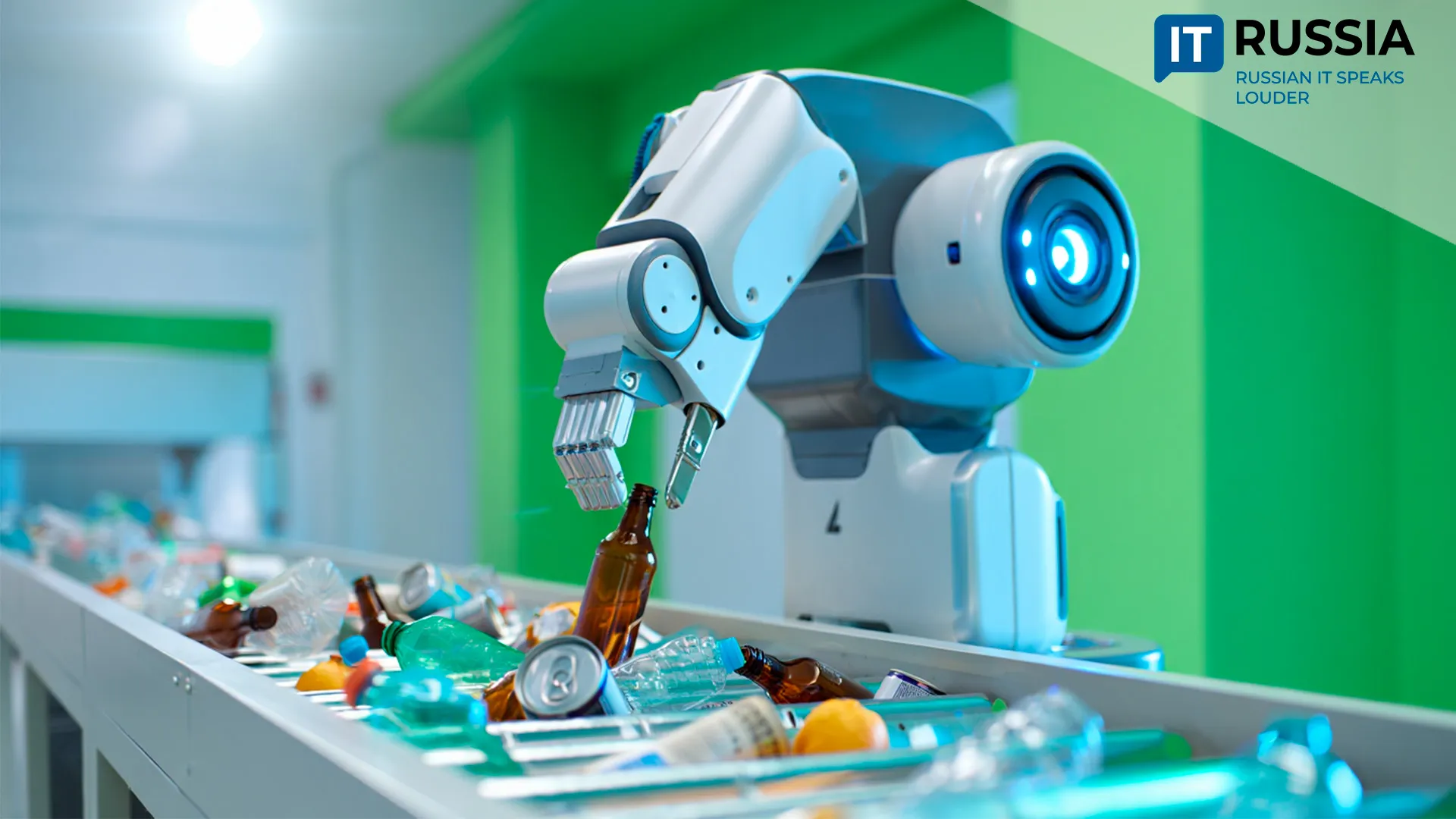Titanium 3D Implant Implanted Under Local Anesthesia: Russian Surgeons Perform a Landmark Procedure
Orthopedic surgeons in the Nizhny Novgorod region have completed a rare procedure: replacing part of a patient’s humeral head with a fully customized 3D-printed titanium implant — all under local anesthesia, without putting the patient under general sedation.

A New Philosophy of Surgery
At the Volga District Medical Center of Russia’s Federal Medical-Biological Agency (FMBA), surgeons performed an operation that challenges traditional orthopedic practice. Instead of using a standard implant, the team replaced the damaged section of the humeral head with a patient-specific titanium implant manufactured via medical-grade 3D printing.
But the real breakthrough was the anesthesia protocol. Under continuous ultrasound guidance, anesthesiologist Parvin Djamullaev blocked the nerve cluster responsible for shoulder innervation, allowing the patient to remain fully conscious throughout the procedure. By avoiding general anesthesia, the team eliminated systemic risks for the cardiovascular, respiratory, and nervous systems — risks that are especially high in elderly patients and people with comorbidities. The shift represents a move from maximum intervention to maximum preservation.
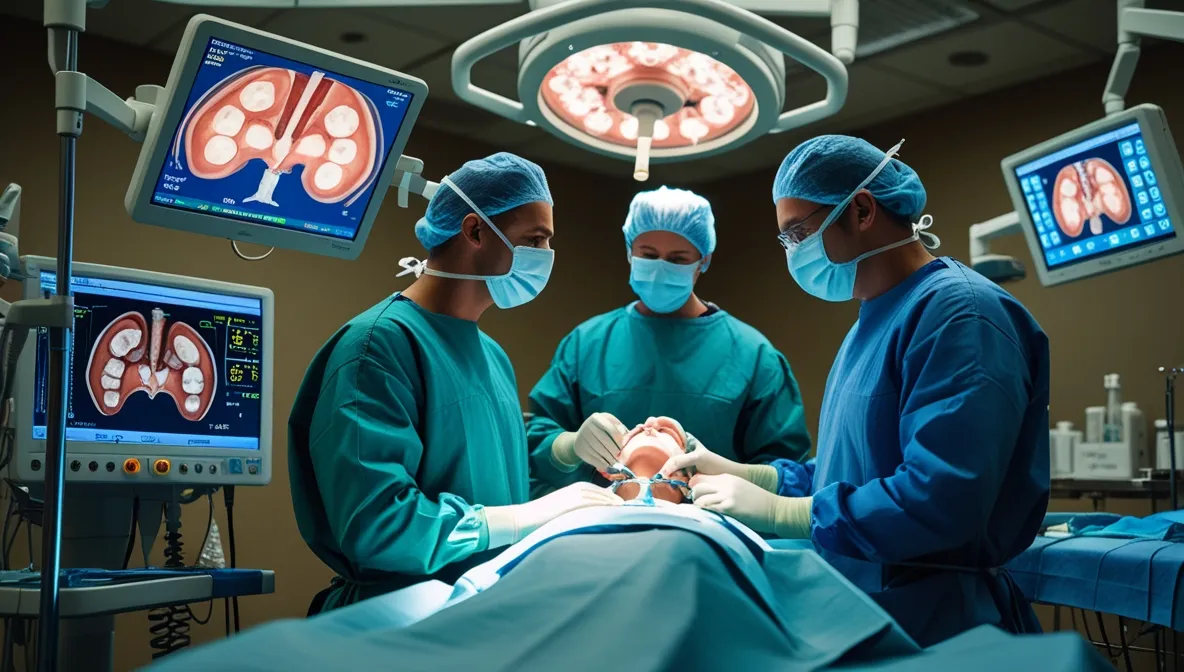
From Isolated Cases to a Clinical Protocol
This latest result builds on Russia’s growing competence in personalized orthopedic implants. In 2023, surgeons successfully tested similar 3D-printed titanium systems for major shoulder defects. In 2024, a new Russian-Chinese titanium endoprosthesis, Titanmed, was introduced to the domestic market for cases involving near-total bone loss.
Taken together, these developments signal that Russia is moving toward an integrated approach that combines additive manufacturing, biocompatible alloys, and low-trauma surgical techniques — not just following global medtech trends but generating its own solutions.
Patient Outcomes as the Priority
The clinical value of this approach is significant. Avoiding general anesthesia makes surgery accessible to patients who were previously considered inoperable due to age or chronic illness. Anyone who has undergone general anesthesia is familiar with its after-effects: nausea, dizziness, confusion, prolonged fatigue. Eliminating these factors accelerates recovery.
Minimally invasive access, with preservation of native muscles and soft tissues, enables faster rehabilitation. Instead of weeks of post-anesthesia recovery, the patient can begin gentle mobility exercises almost immediately. This shortens hospital stays and speeds return to normal activity — a key metric for modern health systems focused on both clinical and economic efficiency.

Technological Sovereignty and the Future of Custom Implants
For Russia’s healthcare sector, the approach marks a step toward technological self-reliance. The combination of additive manufacturing, biocompatible titanium alloys, and nerve-sparing techniques sets a higher standard for domestic medtech.
Scaling this model requires three developments:
• wider deployment of in-hospital 3D printing labs,
• retraining of orthopedic surgeons and anesthesiologists under new protocols,
• expansion of Russia’s own medical-grade materials and printer base to replace imports.
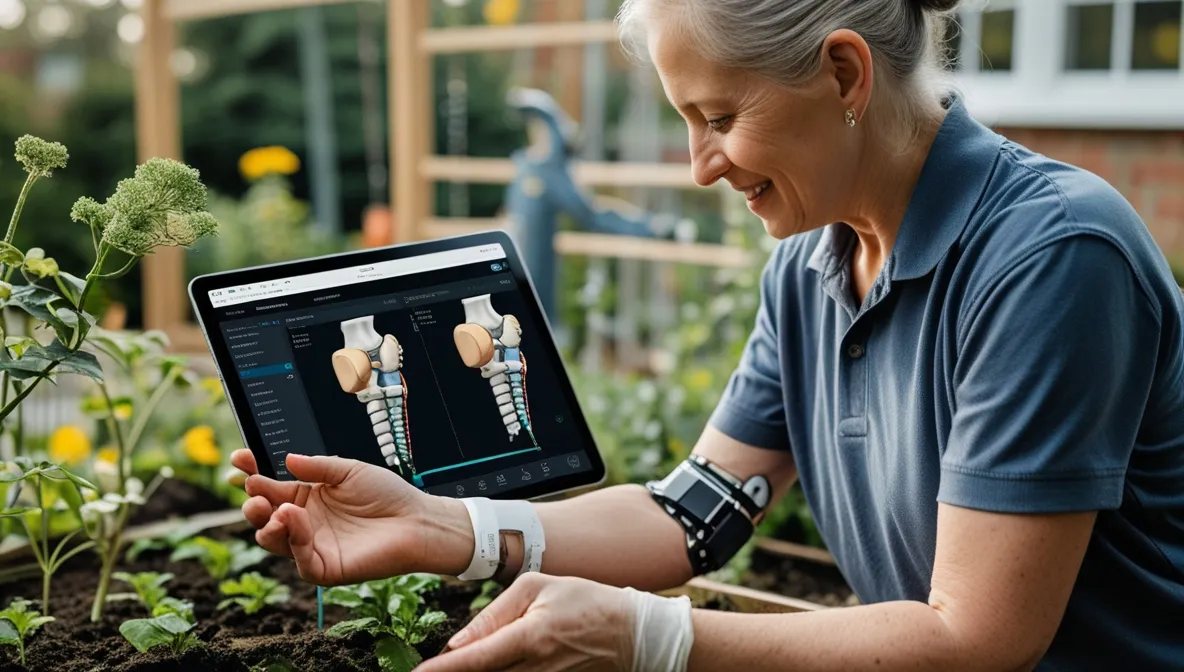
If these elements align, the country will create a fully nationalized “digital-to-implant” supply chain — from CT scan to titanium prosthesis to post-op rehab — without relying on foreign vendors.
In the longer term, Russia could become a noticeable player in the global market for affordable, patient-specific orthopedic implants, especially as healthcare systems shift toward customization and reduced invasiveness.


